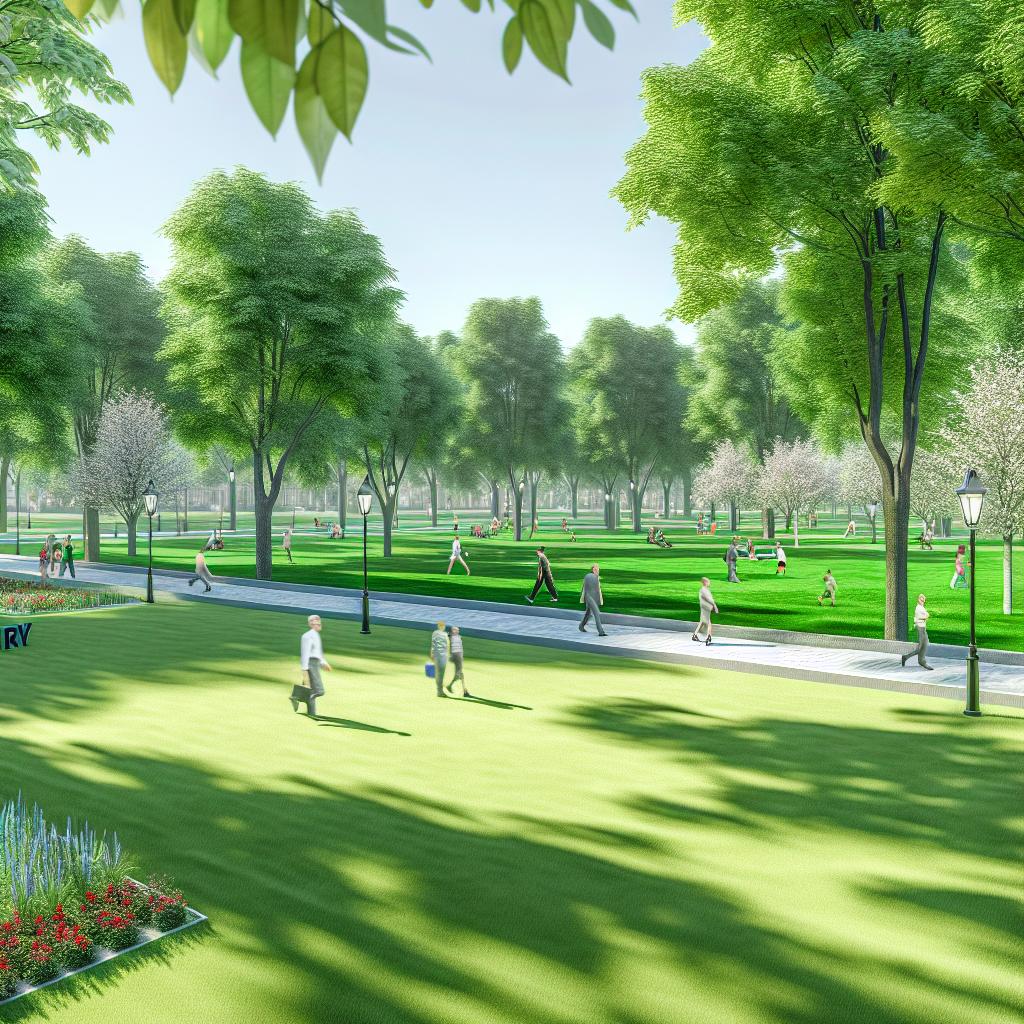Introduction to Victory Park
Victory Park is a prominent recreational and historical site located in various cities around the world. These parks often serve as symbols of triumph and remembrance, providing visitors with opportunities for leisure as well as education about significant historical events. The unique combination of history and recreational space makes Victory Parks distinct attractions in their respective cities.
General Features
A typical Victory Park includes landscaped gardens, walking paths, and open spaces for recreational activities. These parks are thoughtfully designed to offer both beauty and utility. Visitors can marvel at the carefully tended gardens that change with the seasons, adding a dynamic visual experience. The walking paths cater to those who enjoy casual strolls or brisk walks as part of their exercise routine. These paths wind through the park, ensuring that visitors can view all its features comfortably.
Victory Parks often house memorials, monuments, and statues commemorating notable historical events, particularly military victories. These art installations are designed to provoke thought and reflection, serving as both artistic and educational resources. They bring history to a personal level, allowing visitors to connect with past events in a tangible way. This design fosters a deeper appreciation of history while strolling through a serene environment.
Location and Accessibility
Victory Parks are usually strategically located within urban areas, making them easily accessible to the public. Placed within bustling city centers or suburban areas, these parks are conveniently reached by public transportation, cycling, or by foot. This accessibility ensures that a diverse range of visitors can use the park for both recreational and educational purposes. Additionally, the location of these parks encourages urban dwellers to take breaks from their hectic routines, promoting relaxation and mental well-being.
These parks often include facilities for all age groups and abilities, ensuring the park can be enjoyed by everyone. Facilities typically include sanitation services, playgrounds for children, and seating areas for resting or picnicking. This inclusive approach allows families, individuals, and groups to spend quality time outdoors, further enhancing the park’s role as a universal place of enjoyment.
Educational Aspects
Many Victory Parks host educational programs and events that focus on the historical significance of the site. Education is a core component, with various initiatives making learning about history accessible and engaging. Programs are carefully curated to appeal to different audiences, from school groups to history enthusiasts.
These can include guided tours, workshops, and public lectures. The aim is to foster a deeper understanding of the events commemorated within the park. Tours are often led by knowledgeable guides who bring history to life through storytelling. Workshops may allow participants to engage directly with historical themes or park-related art activities.
Information boards and plaques are commonly installed to provide context and historical details about various monuments and features. These informational elements cater to self-guided learning, allowing visitors to explore at their own pace and absorb knowledge according to their interests.
Recreational Opportunities
Aside from their historical and educational elements, Victory Parks offer a variety of recreational opportunities. These expansive spaces are designed to cater to people looking for both active and leisure pursuits. Visitors can engage in activities such as walking, jogging, picnicking, and cycling. The layout of the park ensures there are dedicated areas for these activities, maintaining a harmonious environment for everyone.
These parks often host community events, which may include concerts, markets, and festivals that bring together local vendors and performers. Events are planned to engage the community and attract visitors from other areas, promoting cultural exchange and community spirit. Such gatherings provide local artists and vendors with a platform while giving visitors a chance to experience local culture in a vibrant setting.
The regular formation of these events throughout the year maintains a lively atmosphere and ensures that there is always something new to experience at Victory Parks. These activities make the park a central hub for socializing and entertainment within the community.
For further information on specific Victory Parks, exploring the official city websites where these parks are located can provide detailed insights. These online resources often offer current information on park facilities, upcoming events, and historical details. Here is an example of such a site: Victory Park Dallas. City websites can be an excellent starting point for planning a visit, learning more about the park’s history, or participating in its events.
In summary, by combining history and leisure, Victory Parks serve as valuable cultural and community assets that enhance public knowledge and provide enjoyable experiences for all visitors. They stand as reminders of our shared history and provide spaces for communities to gather, reflect, and relax. In many ways, they are living archives, bridging the past with the present and offering a glimpse into the enduring importance of commemoration and recreation in our lives.

